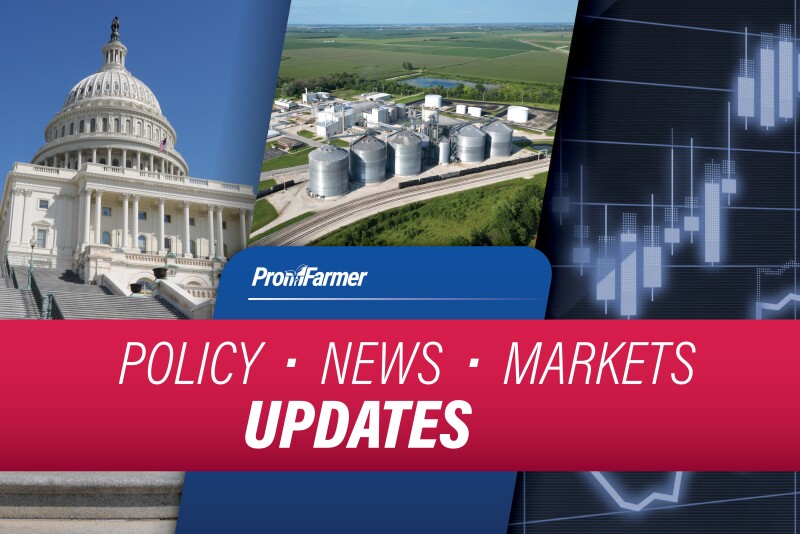USDA lowers farm income forecast (Agri-Pulse): The USDA has lowered its 2025 farm income outlook, citing weaker crop revenues that outweigh gains for cattle producers. Net cash farm income — a measure of farm cash flow — is now projected at $180.7 billion, down from the February forecast of $193.7 billion, though still 25% higher than last year when adjusted for inflation. Net farm income, a broader gauge of profitability, is forecast at $179.8 billion, nearly matching February’s projection and running 37% above 2024 levels.
Despite the downgrade, both measures remain above their 20-year averages, largely due to a sharp rise in government support. Direct government payments are expected to total $40.5 billion in 2025 — the highest since 2020 and more than triple last year’s level — after Congress approved major aid for row-crop producers in December. Lawmakers are also weighing additional emergency relief to offset trade disruptions tied to former President Trump’s trade policies.
USDA announces forest health resilience projects to improve timber production (USDA Press Release): The U.S. Department of Agriculture (USDA) is investing more than $8 million for five new projects to reduce wildfire risk, protect water quality, and improve forest health across the nation.
The Joint Chiefs’ Landscape Restoration Partnership Program is a collaborative effort between USDA’s Natural Resources Conservation Service (NRCS) and Forest Service to work across public-private boundaries and at a landscape scale. The $8 million investment in new projects is in addition to $32 million for 24 existing three-year-long Joint Chiefs’ projects.
The five new projects are:
- Alabama – National Forest in Alabama “Alabama Chattahoochee Fall Line Restoring Longleaf”
- Colorado and Wyoming – Medicine Bow-Routt National Forest “Headwaters of the Colorado”
- Montana – Lolo National Forest “Blackfoot River Valley Landscape Mosaic”
- North Carolina – National Forests in North Carolina “Uwharries to Sandhills, Phase 2”
- Oregon – Mt. Hood National Forest “Hood River Wildfire and Watershed Resilience”

